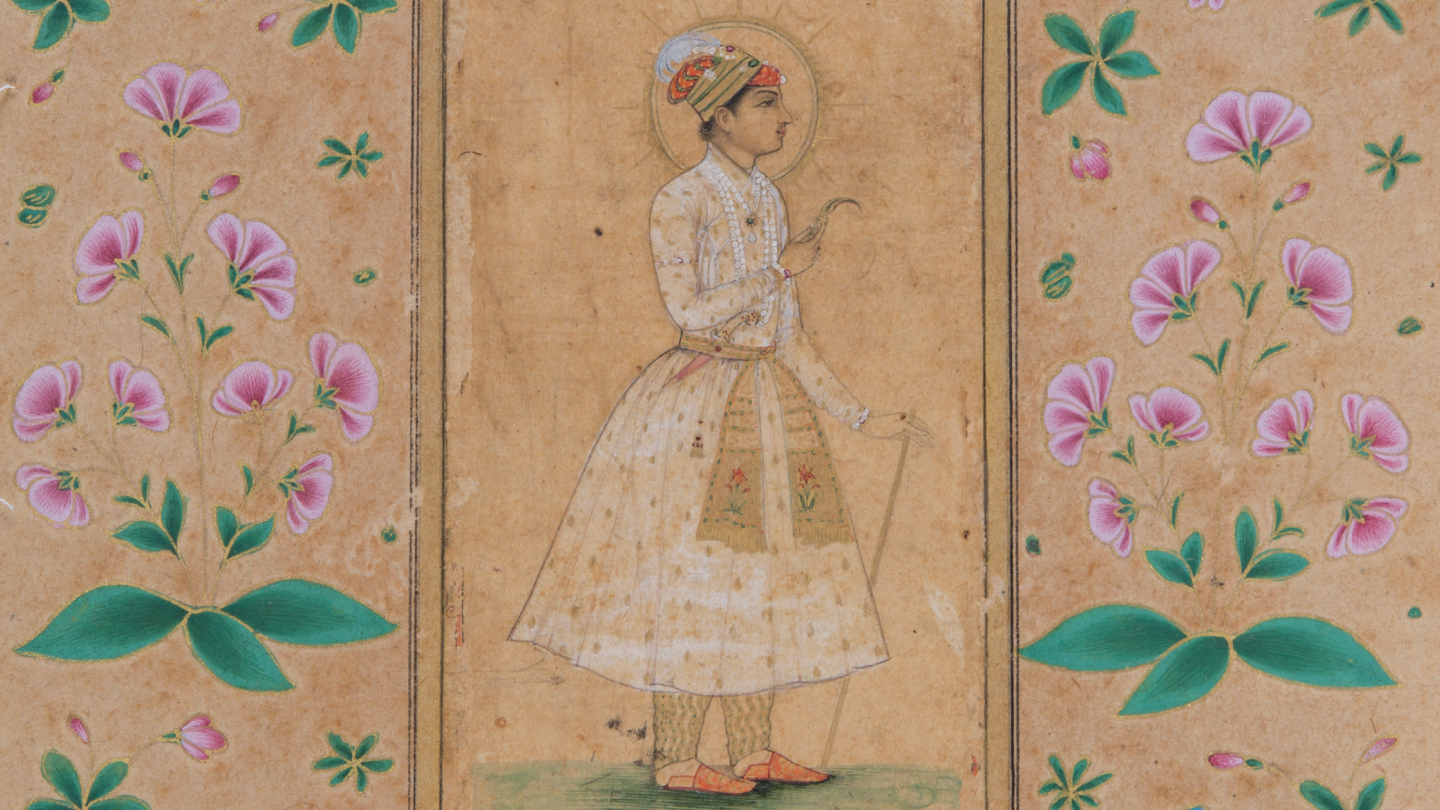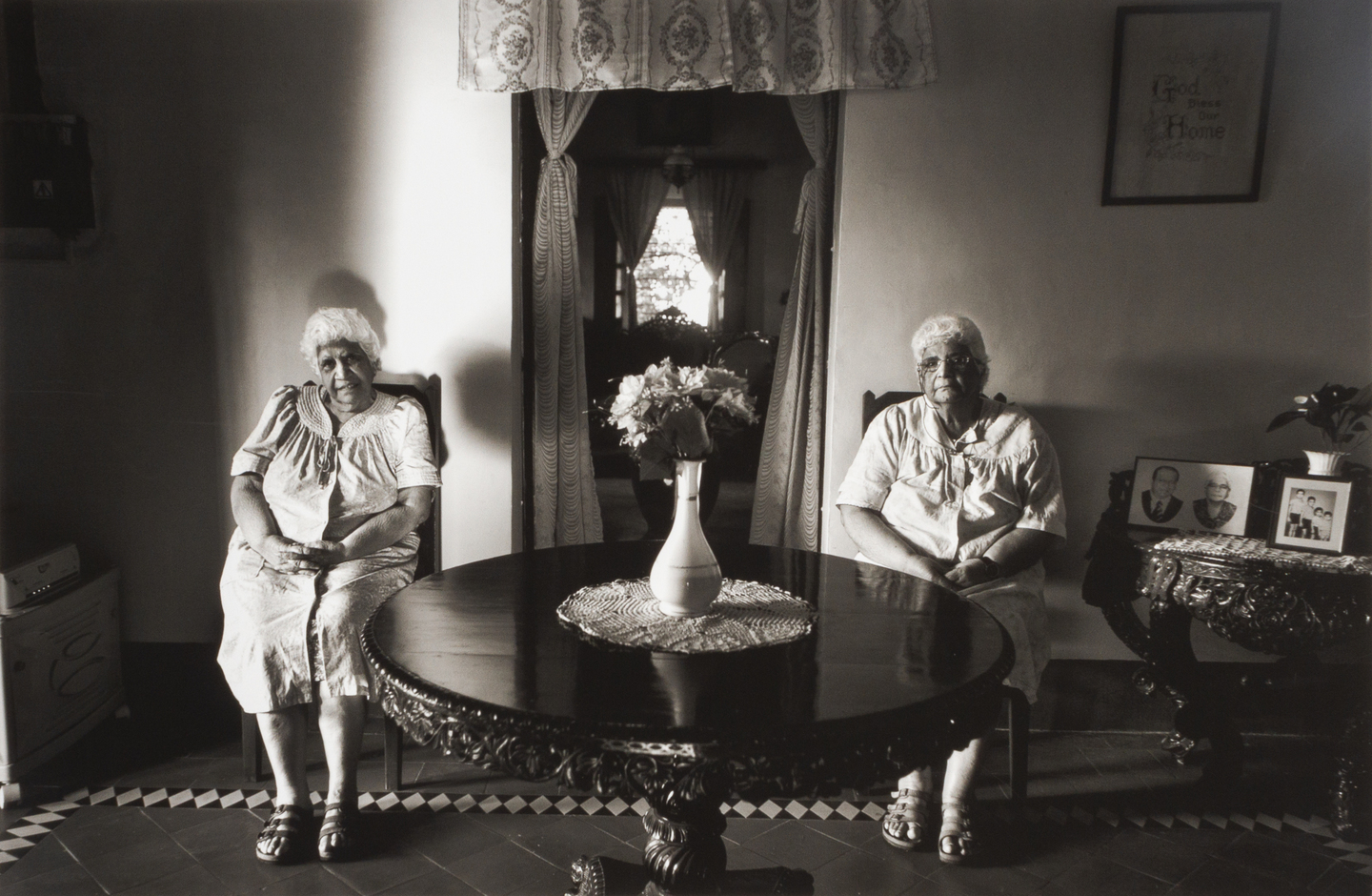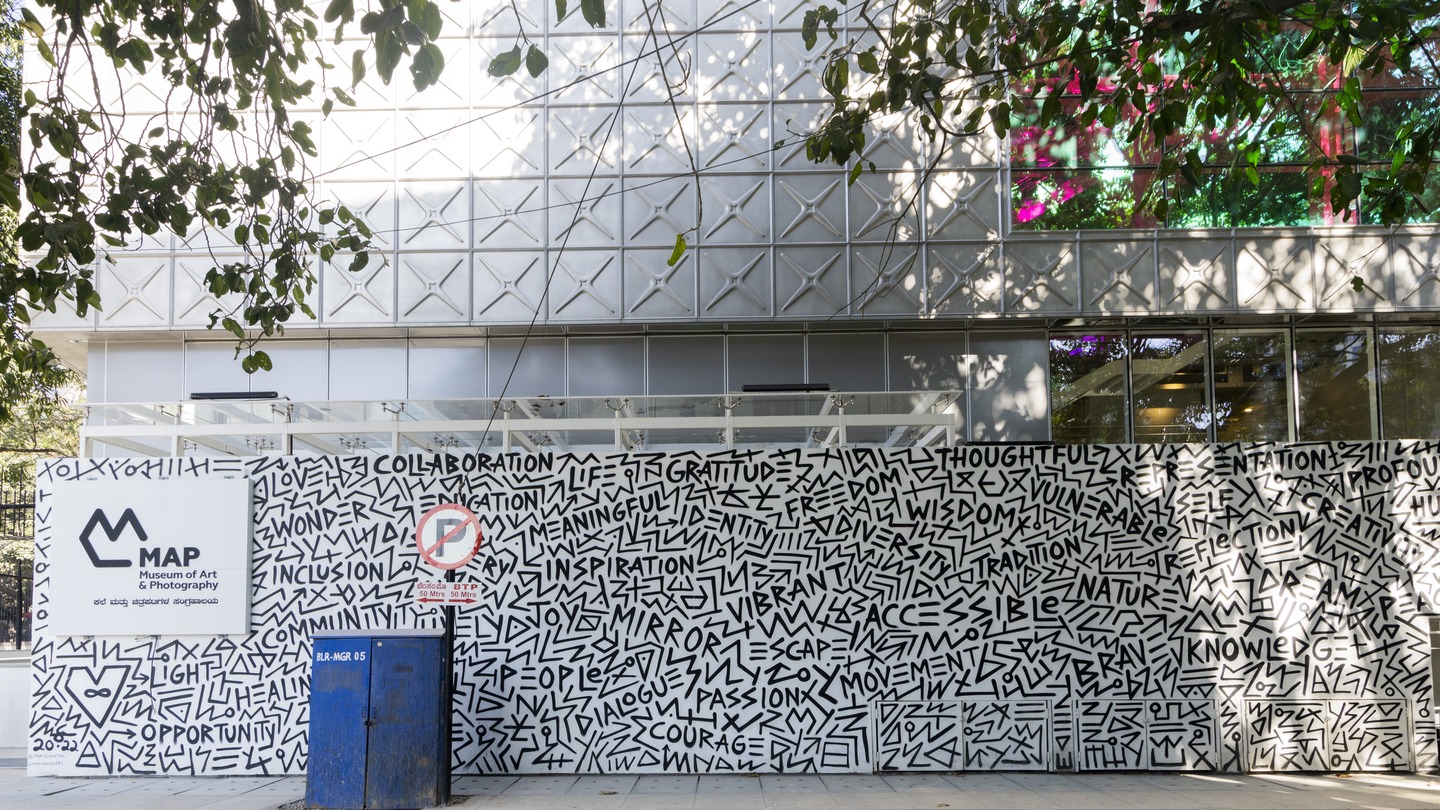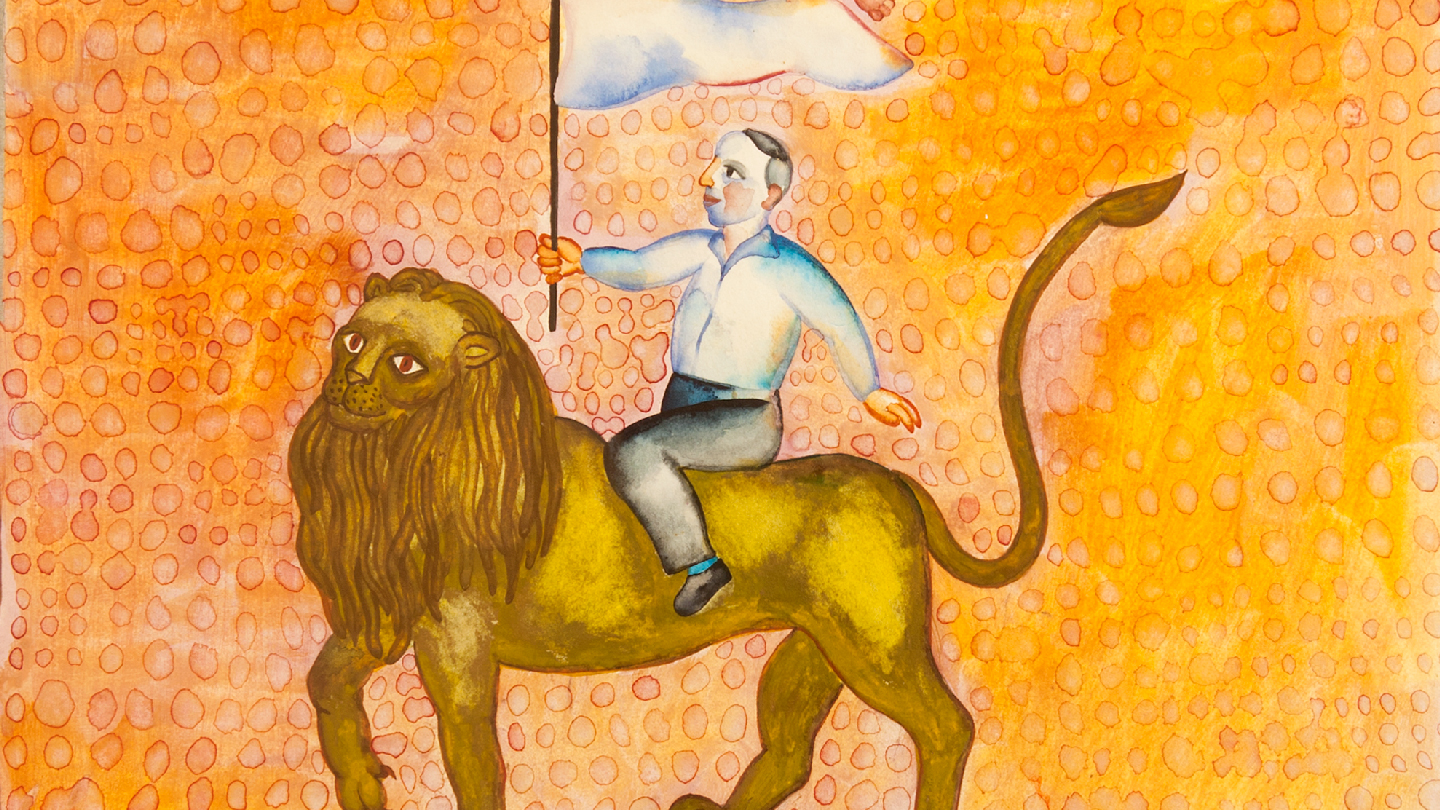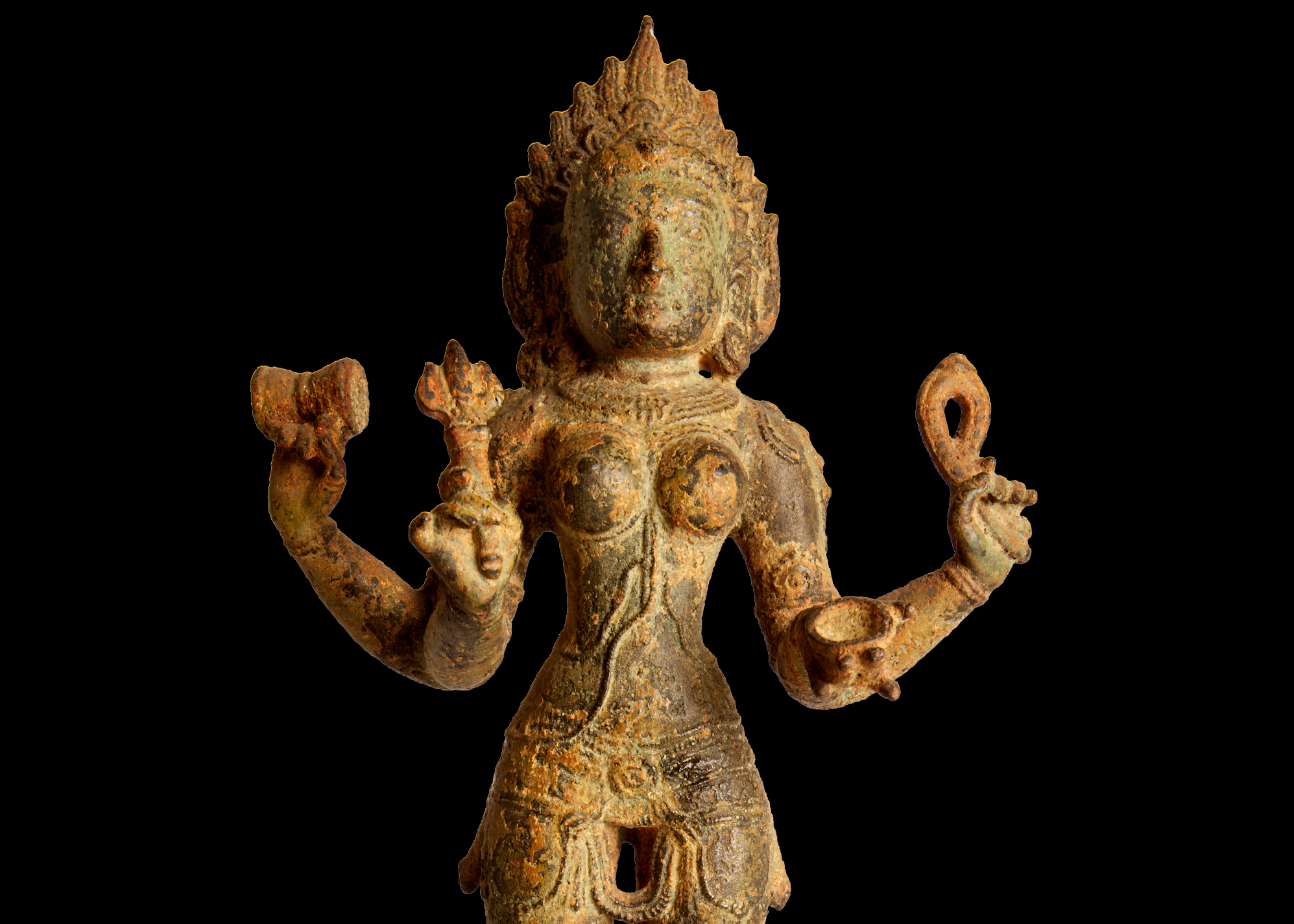Blogs
Cameras and Colonial Encounters
Prof. BN Goswamy
Seeing two different things within two days of each other reminded me of the ongoing debate about the role that the camera played in British India. With an American couple, here in Los Angeles, I saw, just the other day, what must be among the most rare of books, a complete set, with all eight volumes intact, of The People of India, put together between the years 1868 and 1875, as a photographic record of a vast ethnographic project covering the land. And, second, I chanced upon a keenly argued, recent article on Portrait Photography in Colonial India, by Wendy Doolan, who is a curator at the Royal Historical Society in Australia.
The eight-volume photographic survey partook, in some ways, of the character of all those ‘Company’ style paintings, which took as their subject the trades, castes and professions of India. But it was a far more rigorously carried out project, and still serves as a valid reference work for scholars working in different fields. Portraits of individuals, all of them frontally taken, and many of them establishing the context in which they worked, filled these volumes, each portrait being accompanied by a brief written account.
They do appear very different, however, from the portraits of people as we see them in paintings, for they are remarkably still; the people in them appear ill-at-ease; and, somehow, shorn of the dignity — regardless of the class from which they came — that belonged to them in painted studies. Doolan argues that all these photographic projects, including another large one that dealt only with the Oriental Races, Tribes, Roldents and Visitors from Bombay in 1863, were more than a kind of “cultural voyeurism”: they were conceived by the British as a visual sign of control in the land that they had come to occupy and rule. The Indians who figure in these photographs, in “blunt, anonymous, frontal poses,” looked inferior types on a calibrated racial scale, the point made being that “the mighty English man, who ruled the Indian small,” as a doggerel went, was a truly superior being.
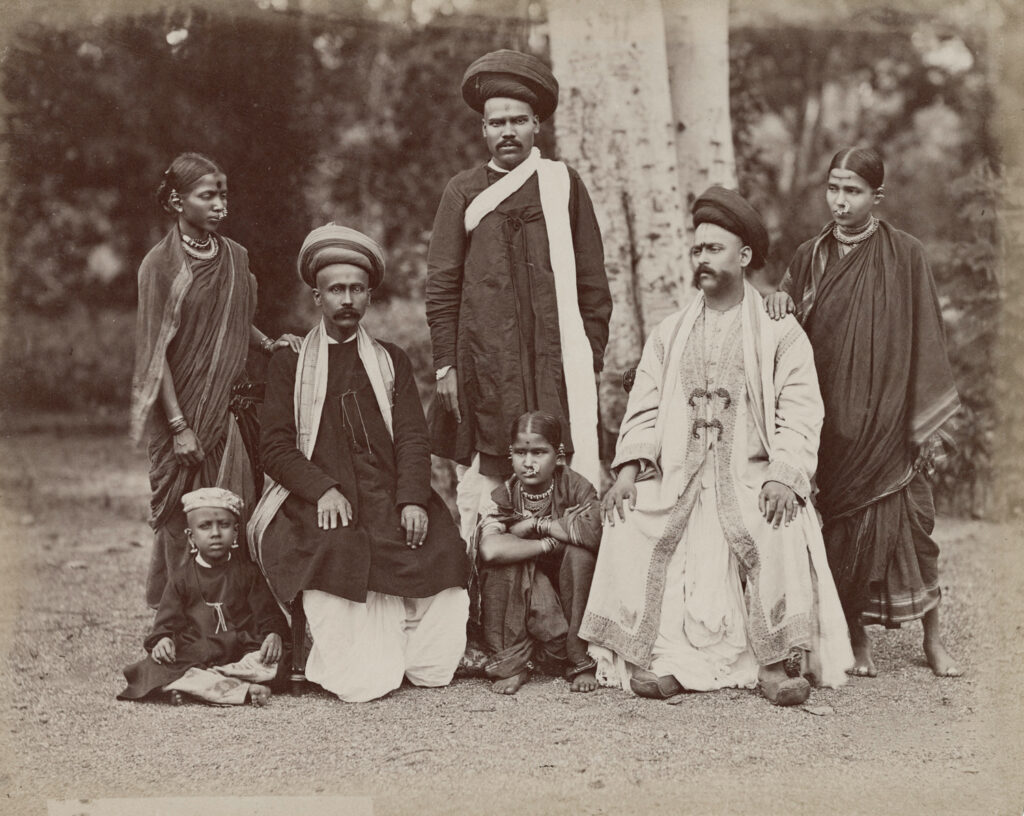
Brahmins of Bombay, c. 1880, Attributed to Taurines, Albumen print, H. 19 cm, W. 23.7 cm, India, PHY.03210
There are other points of view, of course, but the debate remains engaging, and markedly sharp. In the background of all that, however, stay facts which many of us do not always remember. Among them the fact, for instance, that the camera made its appearance in India as early as 1840, just one short year after its invention was announced by Louis Daguerre in France. Or that the new device was adopted with great alacrity — not looked at with suspicion or hesitation, as one might have expected perhaps — by us Indians, judging from the growing number, with each passing year, that the big cities saw of amateur photographers, and professional studios. Lala Deen Dayal — that celebrated photographer from Hyderabad, whose name everyone knows — was not the only Indian who wielded the camera with enthusiasm and flair. Nor were those nineteenth-century cartes-de–visite, or cabinet studies, that one sees of men and women posing, leaning against pillars or standing next to pediments, with sweeping curtains tied to the side, all taken by European photographers practising their trade in India. The camera had been appropriated, become an ‘Indian device,’ well before the nineteenth century ended. Deen Dayal’s subjects were primarily Maharajas across India, who appear in his photographs in their official attire, reinforcing their regal status in society, as visible in the image below, which stands in sharp contrast to the images in the People of India or Oriental Tribes books.
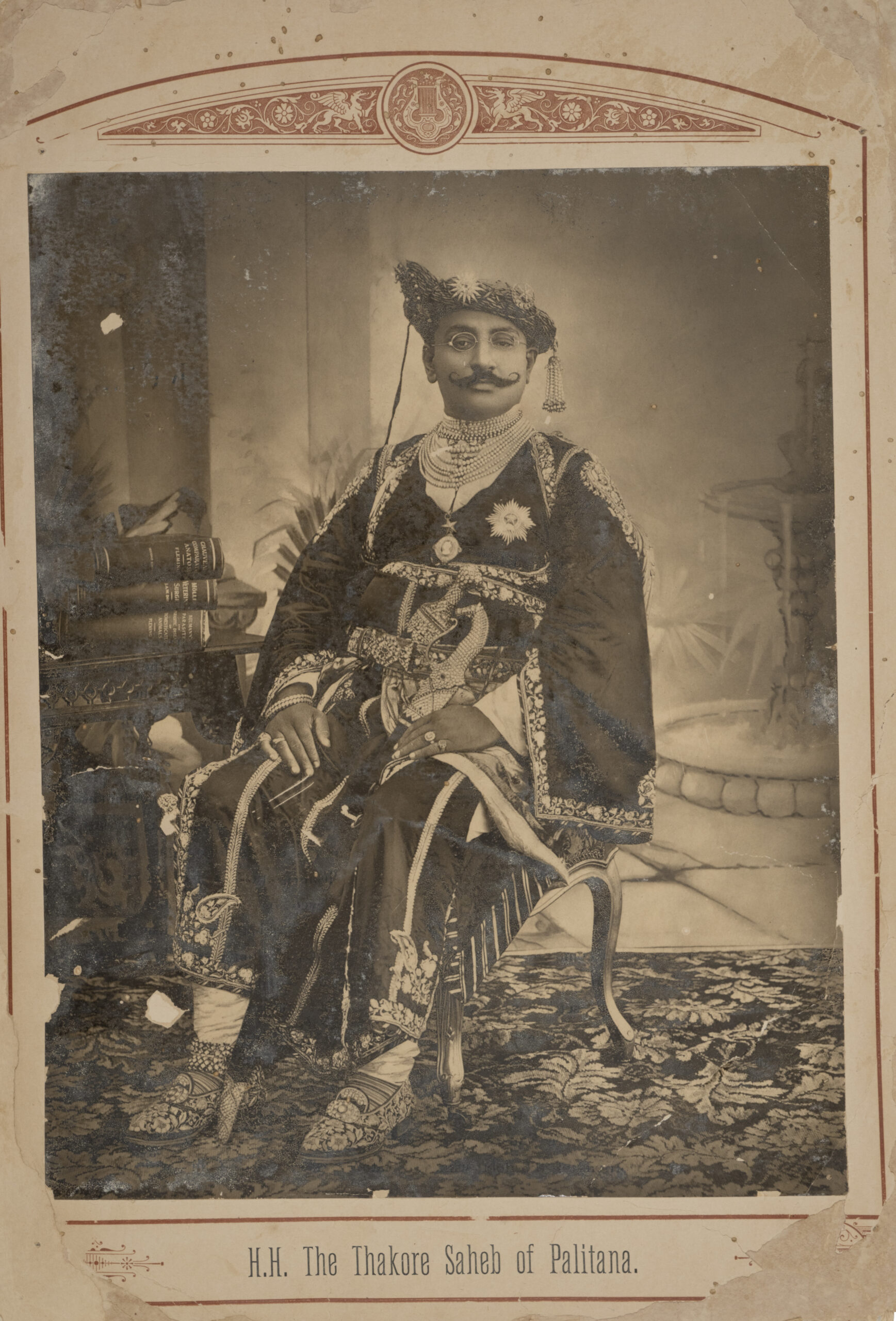
H. The Thakore Saheb of Palitana, Lala Deen Dayal (1844-1905), c. 1900, Possibly carbon print, H. 25.1 cm, W. 19.5 cm, Palitana, Gujarat, India, PHY.00091.AP
In the midst of all these developments, however, there are subtleties that go generally unnoticed: subtleties that became a part of the colonial encounter, in a manner of speaking. The manner in which the Indian photographers often placed their subjects inside the studios, made them pose in a self-assured manner, asking them to place one foot slightly in front of the other, or trained a diagonal light upon them, seemed to be calculated to turn these studio portraits into ‘silent performances’ which acted out British codes of dominance and authority. There were then those hand-painted photographs which transformed appearances in their own peculiar way, made the images move away from the flat, cold realism of ordinary photographs. Garish as some of these painted photographs might have appeared to contemporary European eyes, they questioned, true to the Indian mode of thinking, the whole notion of observed, or seeming, truth.
And then, of course, there were royal portraits, of the kind which generations of painters had turned out earlier, which now started being made in the awareness of photography.
…..
OTHER PORTRAITS
Well away from all the debate about the place, and the use, of the camera in colonial encounters, one sometimes comes upon little nuggets of information that illuminate, to one’s delight, a whole period. I recall an album of photographs that the National Museum in Delhi acquired some years ago. It was a complete photographic record of the ‘taluqdars,’ large landowners, of the former province of Oudh, if I remember right. It featured, on page after album page, small bust-sized photographs of princely looking men, within oval frames, with the name of each person carefully written in hand in Persian characters below the photograph. Some of the oval frames were, however, empty, for in them were meant to be photographs of high-born women who had inherited lands and were at that time in possession of them. But no photographs of high-born women, certainly Muslim women, could be taken. All that appeared in the album, at the appropriate places, therefore, was the name of the lady. And, in the blank oval spaces, above, the words: “pardanashin” meaning “staying behind the veil of chastity.”
The essay was originally published in The Tribune, Chandigarh and it is being reproduced here with the permission of Prof. BN Goswamy and The Tribune. This has now been adapted to feature artworks from MAP, and thus slightly modified. The part that has been removed from the original essay is replaced by …. and the part that is added to the essay is in italics, (to make it relevant to the images from MAP).
Click the link to read Prof. BN Goswamy’s essay, ‘A Photographer Prince‘, an intimate look at the private world of Sawai Ram Singh II, at the centre of which stood the photukhana (photography atelier).
Prof. BN Goswamy is an Indian art historian and critic, best known for his scholarship on Indian miniature paintings, particularly Pahari painting, and is the author of over twenty books on arts and culture.
